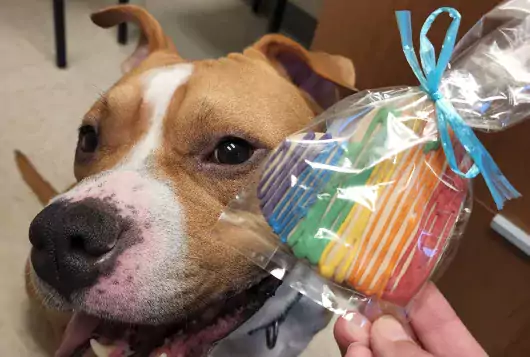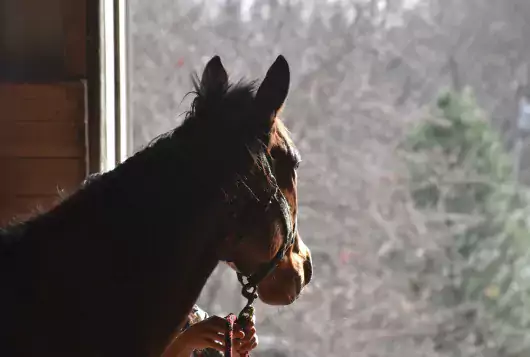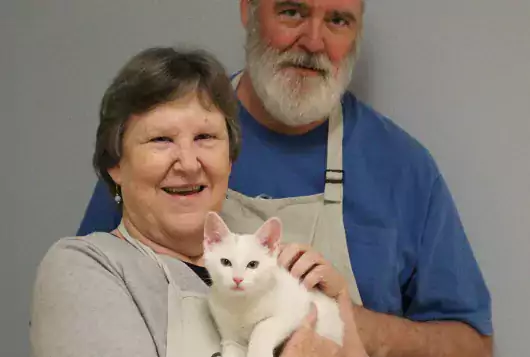They Did It: Throwing a Slumber Party for Shelter Animals
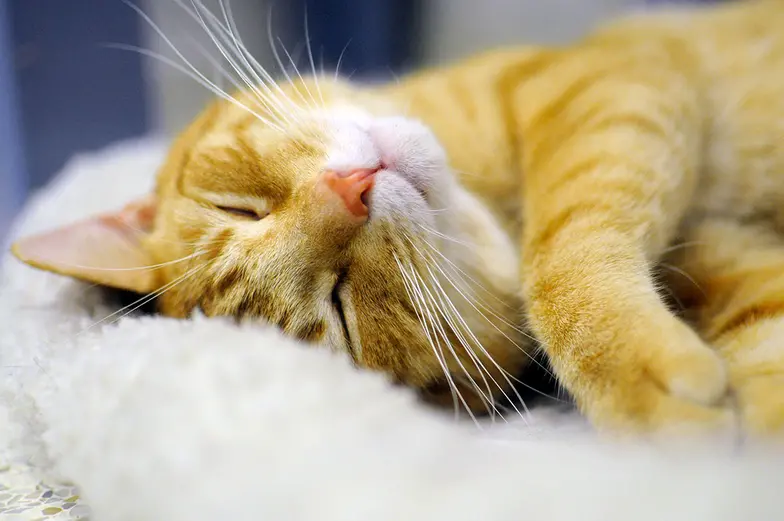
Try letting shelter animals have a sleepover
Everyone needs to get away once in a while. By letting shelter animals head home for a sleepover, Arizona Animal Welfare League has found a way to give them R&R—and potential new families at the same time.
Who:
Arizona Animal Welfare League, Phoenix, AZ
Did What:
Since 2013, Arizona Animal Welfare League (AAWL) has placed over 1,000 pets through its Slumber Party program, for a whopping 72% of participating animals adopted!
Potential adopters who are on the fence about a particular dog or cat are invited to take him or her for a sleepover (up to three nights for dogs and seven days for cats).
A perfect example of the program in action is the story of Saffire, a shy dog who shook and hid in the kennel but eventually warmed up outside of it. A would-be adopter spent some time with her in the outdoor area but wasn’t convinced she was the lap dog shelter staff said she was. He was invited to take Saffire home for a slumber party so he could see the confident, loving side of her. The two bonded overnight, and Saffire was adopted.
How it Works
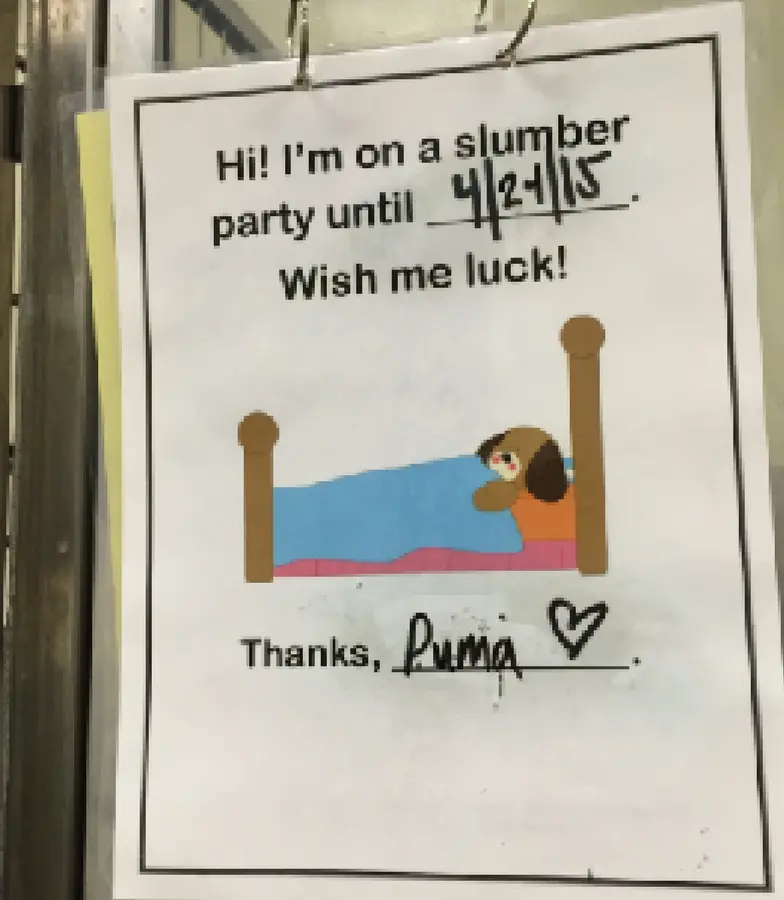
Counselors first discuss with the potential adopter the animal’s needs and any concerns they may have. After filling out a simple, one-page slumber party contract, the agency sends slumber party hosts home with a crate and food. A staff member calls the host at some point during the time away to make sure everything is working out and to answer any questions.
While the animal is out of the shelter, AAWL hangs a sign on his or her kennel letting other potential adopters know where the pet is and when they can check back on his or her status.
If slumber party hosts choose to adopt the pet, they come back to the shelter, sign the final adoption contract and collect the animal’s paperwork. The dog or cat never has to come back to the shelter.
Michael Morefield, AAWL’s shelter operation manager, says that even if an animal is returned after a slumber party, the agency still considers it a win because the pet got time out of the shelter to relax.
They also have more information about how an animal will act in a home setting, all great fodder to help set expectations and make better matches. Slumber party hosts who return animals are asked to fill out a survey, including such questions as if the pet is potty-trained and how the animal interacts with children.
Now You Try It:
Morefield acknowledges that the idea of a sleepover may seem scary at first, but encourages other shelters to go for it. “Give potential adopters the opportunity to see parts of the animals’ personalities they wouldn’t otherwise see,” he urges.
Morefield also suggests making sure any fears that staff members have about the program get addressed so they’ll feel comfortable suggesting the program to potential adopters.
Other Ideas Like This:
To take fostering to the next level, consider an Adoption Ambassadors program to help your agency save more lives, engage the community and free up shelter resources.
We have lots more on this subject:

